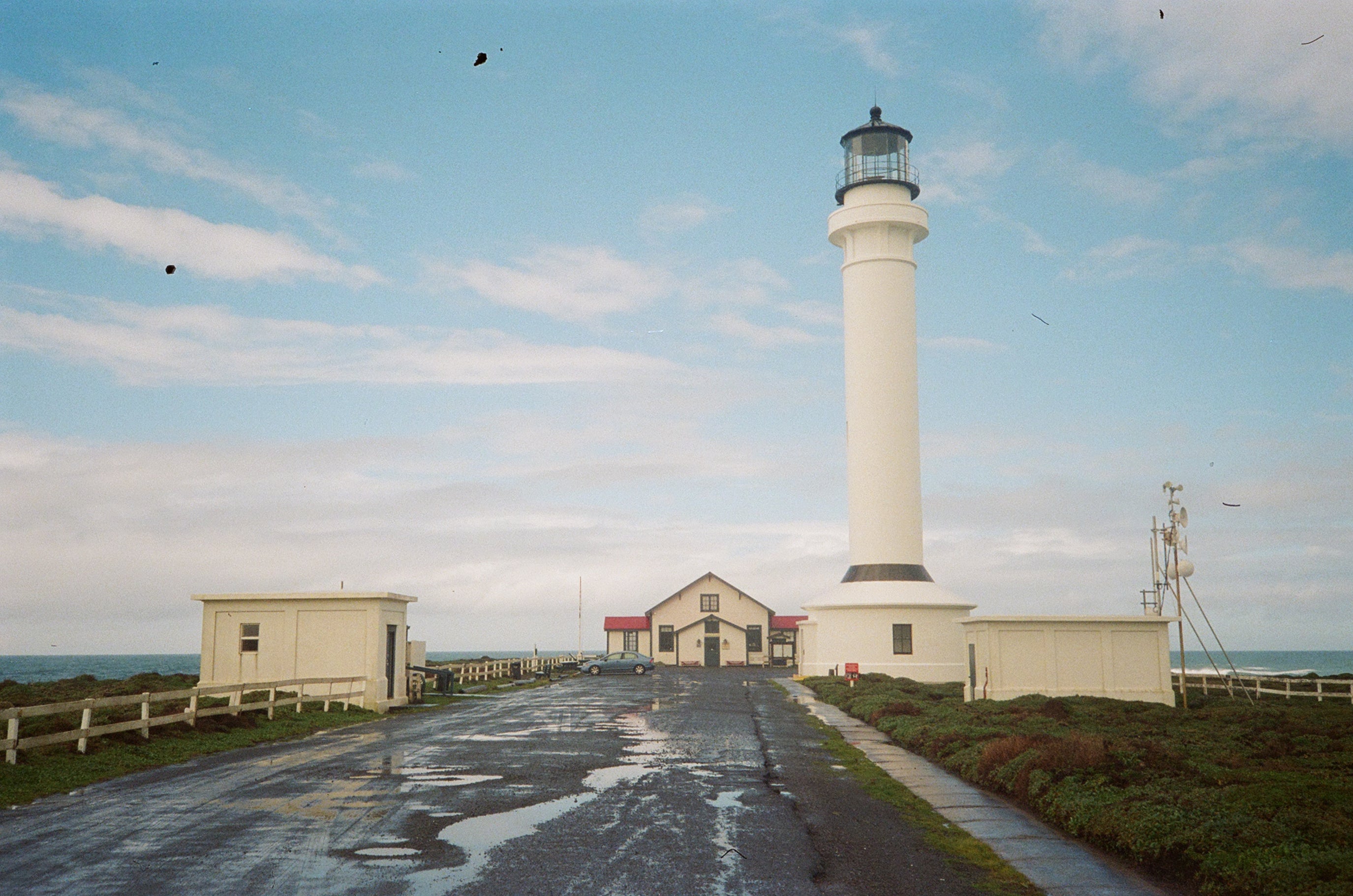
FAQs
ORDERS
When can I order directly online?
We're aiming to open our online store in August of 2025. Check back then or find some tins at a local retailer listed on our "Find Oro In The Wild" page.
What can I expect when ordering through the contact form?
We're still setting up our online store backend, so thanks for bearing with us. When you fill out the form we'll follow up with an email and price list. You just tell us how much you want and we'll send a payment link and ship them out.
Do you ship internationally?
Oro Pacific Provisions is currently only able to deliver within the United States. For international enquiries please email info@orofish.com
Do you offer wholesale pricing?
Yes, head to the wholesale page, fill out the form and we'll set you up.
When will my order arrive?
We ship orders within 3-5 days.
RETURNS
Do you accept returns?
We do not refund for Returns.However, if you have a problem with the product you received, we're happy to replace it with the same item or one of equivalent value. See our return policy and instructions on the Returns page.
PRODUCT INFORMATION
What is the shelf-life of tinned fish?
When stored appropriately, technically tinned fish has an indefinite shelf-life. However, for best quality, it should be consumed within 2-3 years.
How should I store my tinned fish?
In a cool, dry space like in your pantry.
What's the best way to eat Oro tinned fish?
There are endless possibilities but our favorite is straight out of the tin or paired with some cheese, crackers and pickled veggies. The trout goes really well with eggs or on a salad.
Why is Oro more expensive than other tinned fish?
Doing things the right way costs more. We source responsibly, use premium ingredients, and produce in small batches—which means no shortcuts and no mystery. While cheap, convenient food has become the norm, it often comes with hidden costs: inflammatory seed oils, unsustainable fishing practices, and ingredients you can’t pronounce. Oro is different. Our tins reflect a commitment to health, transparency, and the environment. Try one — you’ll taste the difference, and feel good about it too.
Are there bones in it?
The trout and salmon may have some pin bones in them. Not to worry though! A lot of tinned fish comes with bones (i.e. sardines). During the canning process, these tiny break down in a way that they dissolve into the fish meat and you don't notice them.
FISH
Why is the trout not wild-caught?
Because of the fragile nature of the species, wild trout is not commercially available. However, the rout we us in our products is of the highest quality. This is due to the process of raising the fish in a natural spring in the Sierra foothills of California.
What's the difference between spring-raised and farm-raised trout?
Our trout is raised in fresh flowing snowmelt at the base of the Sierras. A natural spring provides both the trout’s native habitat and the hydroelectric power that makes the operation fully carbon-neutral. Unlike typical farm-raised fish kept in indoor tanks, our trout thrive in open, outdoor channels in their wild environment — resulting in healthier fish and cleaner flavor.
What food do the trout eat?
What fish eat is crucial to their health and quality. The trout we use are fed plant-based diet containing proteins from pea, pistachio, and barley, and rich in omega-3 DHA from algae. Reach out to us if you'd like to know more about the ingredients in the trout feed.
Why is Oro Salmon in limited stock?
We were able to produce this batch of Smoked King Salmon prior to the closure of the 2025 California Salmon fishery and we're not sure when/if it will re-open. So get it while you can!
Why is wild-caught salmon/tuna better than farmed?
There's a long answer here but aside from taste their are two main issues with most farmed salmon (sometimes masked as "Atlantic Salmon"). 1. Quality: There are varying degrees of quality when it comes to farmed fish. A lot of these farms use over crowded pens, denying fish of their natural migratory movements. Often overuse antibiotics which contributes to the development of antibiotic-resistant bacteria and contain higher levels of contaminants like PCB, posing risks to human health. 2. Environmental: The need to produce large quantities of feed, often sourced from wild fish stocks, puts pressure on already depleted wild fish populations and disrupts marine ecosystems. Escaped non-native fish from pens can commingle with wild-fish and compete for their natural resources.
OTHER INGREDIENTS
Sup with your olive oil?
The olive oil used in our Trout with Dill & Sumac and Trout with Lemon Pepper comes from Enzo Farms in Madera California. They produce high-quality olives from California.
This batch is infused with Eureka lemons, also from California.
Where do the spices used in your products come from?
As with our fish, we want every ingredient we use to come from as close as possible to San Francisco. We work with local spice distributors to find these ingredients. However some ingredients like White Pepper and Sumac are not grown here locally. If you know of any local spice/herb producers, let us know!
PROCESS
Why is small-batch important?
Small-batch means better quality and more care. It lets us stay hands-on with every step — from sourcing to packing — so no shortcuts are made.
Where is Oro canned?
As of now, we partner with a micro cannery in southern Oregon for our canning process.
Our goal from the beginning has been to revive the canning industry in California. We want our entire process to be in-house. We want the carbon footprint of our operation to be as minimal as possible. The regulatory process for a canning facility in California is daunting, but we're working on it.

